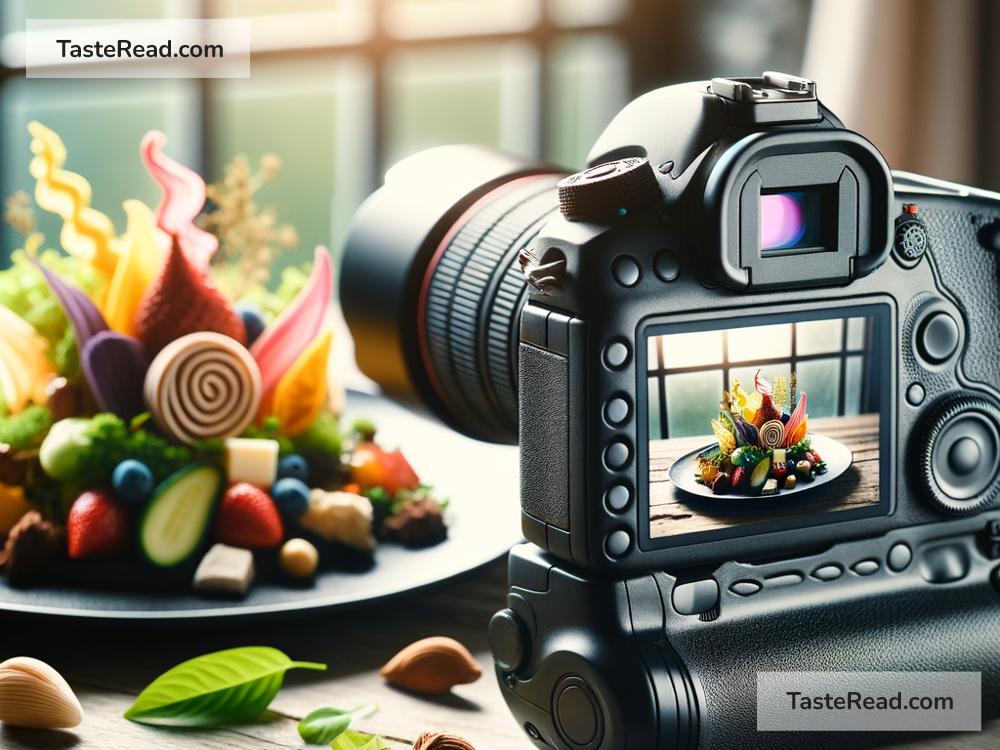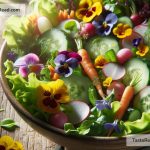Title: Food Photography for Social Media: Tips for Drool-Worthy Pics
In the world of Instagram, Pinterest, and Facebook, food photography reigns supreme. Whether you’re a home cook keen to share your culinary creations or a business looking to attract more customers, mastering the art of food photography can make your dishes go from just okay to absolutely mouthwatering online. But before you snap away, here are some best practices for capturing stunning visuals of your food that can make your followers hit “like” and “follow” instantly.
Start with the Right Lighting
Lighting is everything in photography, especially food photography. The ideal is to use natural light, which means setting up your shot near a window during the daylight hours. Morning light tends to be soft and not too harsh, making it perfect for shooting. However, avoid direct sunlight as it can create harsh shadows and highlights that may distort the colors of your food.
Choose the Right Angle
Different foods look best from different angles. While a pizza might look best photographed from above to show off its toppings, a burger might benefit from a side shot to showcase its layers. Don’t be afraid to experiment with various angles to find the most flattering perspective for your dish.
Pay Attention to Composition
Think about how you arrange everything in your shot, including the food, tableware, and any additional props. Use the rule of thirds to create a balanced composition. This rule involves dividing your shot into nine equal parts using two horizontal and two vertical lines. Placing your subject along these lines or at their intersections often results in a more aesthetically pleasing image. Also, try not to overcrowd your shot; sometimes, less is more.
Get the Background Right
A cluttered or busy background can distract from your food. Opt for simple backgrounds that complement the food’s colors without overshadowing it. Neutral colors like white, beige, or soft pastels create a clean and minimalist look that makes the food the star of your photo.
Focus on the Details
Capturing the textures and details of your food can make your photos more engaging. Zoom in to show the crispiness of a crust, the gooeyness of melted cheese, or the freshness of herbs sprinkled over a dish. These details can tantalize the taste buds of your viewers, making them crave what they see.
Play with Color
Colors play a significant role in making your photos pop. Using complementary colors can make your food look more vibrant and appealing. For instance, a bright green basil garnish on a red tomato soup can add a splash of contrast that makes the image more dynamic. Don’t shy away from colorful plates or accessories that can add a fun element to your photos.
Use the Right Equipment
You don’t need a high-end camera to take great food photos; a smartphone with a good camera can suffice. However, it does help to know a bit about your camera’s settings. Playing around with the exposure, focus, and white balance can improve your photos significantly. Investing in a tripod can also help stabilize your shots and is particularly handy when shooting in low light conditions.
Edit Wisely
Editing is a powerful tool in food photography but should be used sparingly. Apps like Lightroom, Snapseed, and VSCO offer great features for tweaking your photos. Adjust the brightness, contrast, and saturation to enhance your images, but aim to keep the food looking natural. Over-edited photos can look artificial and unappetizing.
Tell a Story
Beyond just showcasing a dish, try to convey a story with your photos. Maybe it’s a cup of coffee on a rainy day or a picnic basket on a sunny afternoon. Adding human elements, like hands holding a fork or about to take a slice of pizza, can also create a more inviting and relatable image.
Engage with Your Audience
Lastly, remember that social media is about building connections. Engage with your followers by asking questions in your captions, responding to comments, and sharing behind-the-scenes glimpses of your cooking process. This not only helps increase engagement but also makes your food photography journey more fulfilling.
By following these tips, you’ll be well on your way to capturing stunning food photography worthy of any social media platform. With practice and creativity, your photos can transform simple dishes into irresistible culinary masterpieces. So go ahead, shoot, share, and watch your social media presence grow, one delicious photo at a time.


